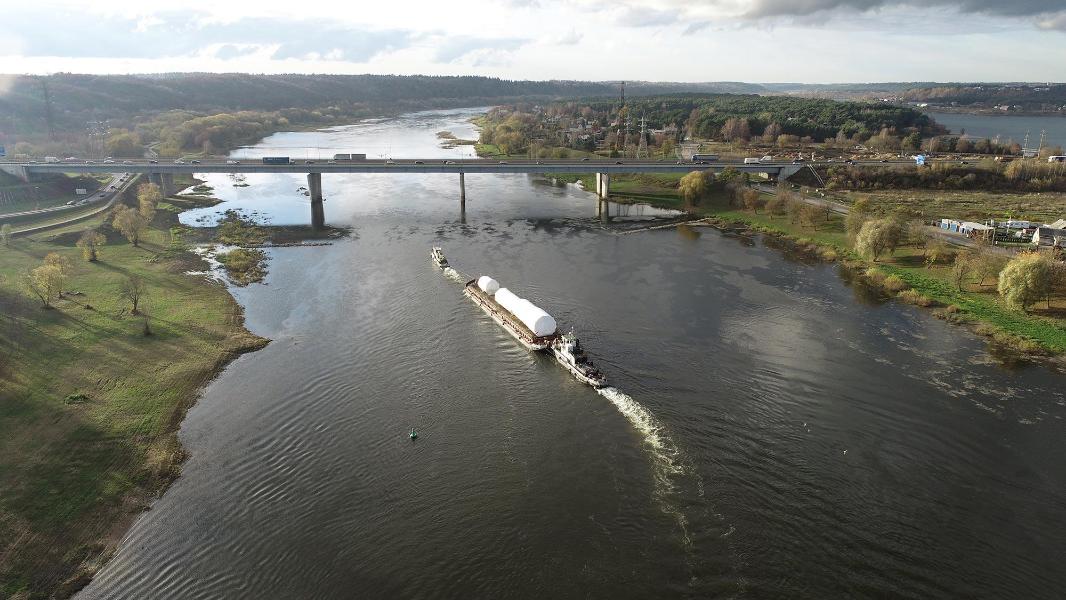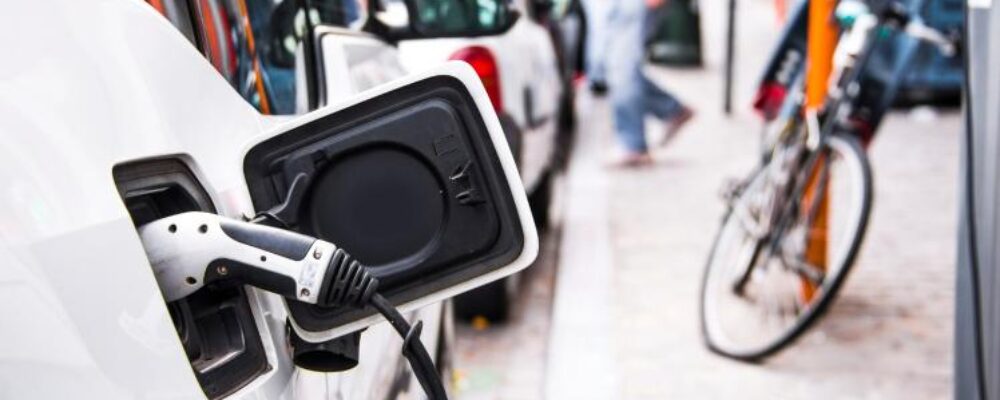Human ingenuity can solve all kinds of complex problems and find solutions to overcome all sorts of obstacles. But sometimes nature provides the best answer.
To transport heavy, bulky goods to the sea, for example, we could build roads, bridges and petrol-powered trucks that emit climate-changing CO2. Or… we could simply float them down rivers, nature’s natural highways.
The Nemunas River flows for nearly a thousand kilometres from the uplands of Belarus, through the marshlands of Lithuania, before emptying into the Baltic Sea. In Lithuania, the Nemunas basin, which collects more than 20 000 rivers and rivulets, covers nearly three-quarters of the country’s territory. The river was widely used to transport goods in the 19th century and even during Soviet times, when up to three million tonnes a year were shipped through the country’s main waterway.
But Lithuania’s entire river cargo fleet was scrapped in the early days of privatisation that followed the Soviet Union’s collapse and the country’s inland waterway network fell into disuse.
Reviving cargo transport on the Nemunas
Now, the Lithuania Inland Waterways Authority (LIWA, or VVKD in Lithuanian) is working on a plan to revive cargo transport on the Nemunas. Its fleet of electric vessels will cover the 260 km distance between the industrial and transport hub of Kaunas in the centre of the country and the port of Klaipėda on the Baltic Sea coast.
The journey will take about 20 hours with a 20 to 30-minute stop in the middle at Jurbarkas to change batteries.
“Lithuania imports most of its raw materials and commodities, and it exports a lot of grain – about five million tonnes a year,” says Vladimiras Vinokurovas, chief executive officer at LIWA. “Waterways are perfect for transporting these kinds of heavy, oversized cargos, and Kaunas is a large production centre in a great location in the very middle of Lithuania.”
Transporting goods by the river is slower than by road, but the extra time makes little difference for goods being transported by sea, where journey times are measured in months.
The project is expected to require a total initial investment of €75.7 million:
- €33.0 million for six new electric pusher craft and 12 barges that will ply the route
- € 32.4 million for the batteries of the new vessels
- €10.3 million for port infrastructure such as cranes, charging points and electric grid connections.
But cost is not the project’s biggest challenge.
To help the authorities realise their goals, LIWA has been working with the European Investment Bank’s advisory services to develop a practical business model. The Bank’s advisory services identified an electric barge design that works well in the shallow waters of the Nemunas and helped to conduct a feasibility study that gave the authority a full picture of the project. This helped government officials make an informed decision and move the project forward.
An environmentally friendly alternative
EIB experts researched how this project would help the Lithuanian economy and the environment. They identified how it would cut greenhouse gases and air pollution, reduce road congestion and accidents, lower noise pollution and improve biodiversity.
“Transporting goods on the waterway will be more environmentally friendly,” says Brendan McDonagh, a project advisor at the European Investment Bank. “We estimate that each round trip by one of the barges could eliminate over 100 truck journeys. Once the project reaches full capacity that would mean over 48 000 fewer truck journeys every year and a C02 emission reduction of more than 14 000 tonnes per year.”
The European Commission tabled in June 2021 a 35-point action plan to boost the role of inland waterway transport. The core objectives are to shift more cargo over Europe’s rivers and canals, and to facilitate the transition to zero-emission barges by 2050. This is in line with the European Green Deal and the Sustainable and Smart Mobility Strategy, which set the goal of increasing transport by inland waterways and short sea shipping by 25% by 2030, and by 50% by 2050.
Service on the waterway is expected to begin in 2024. But the Lithuania Inland Waterways Authority is already thinking about future extensions.
“In ten years, we hope to extend the waterway by building a lock at the hydrostation at Kaunas,” says Vinokurovas. “This would create a much longer, 500 km waterway. There is also another river Neris with great potential that joins at Kaunas and goes through the capital Vilnius, and another river Nevėžis that flows through the agricultural heartland of Kėdainiai. All in all, we could one day have up to 1 000 km of fully navigable and usable waterways for green cargo.”
The European Investment Bank is the lending arm of the European Union. It is the biggest multilateral financial institution in the world and one of the largest providers of climate finance.
Please visit the firm link to site



